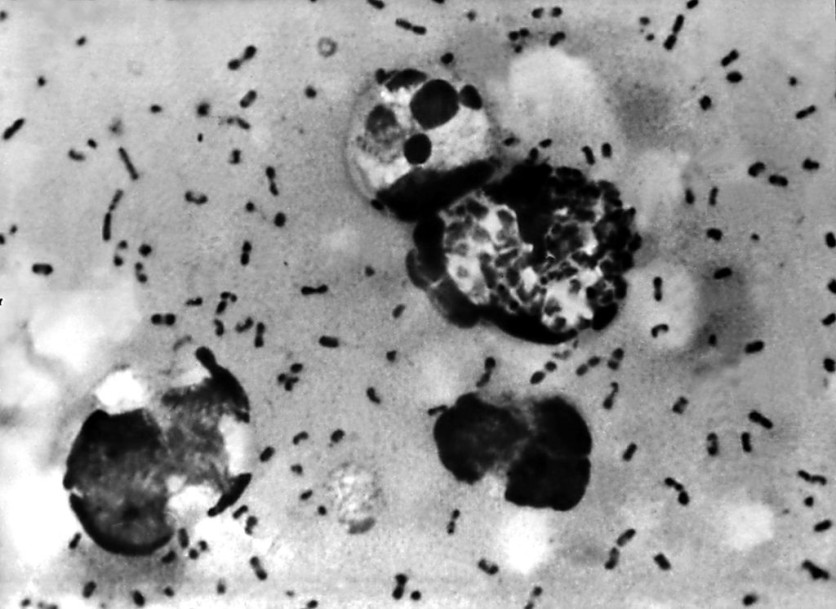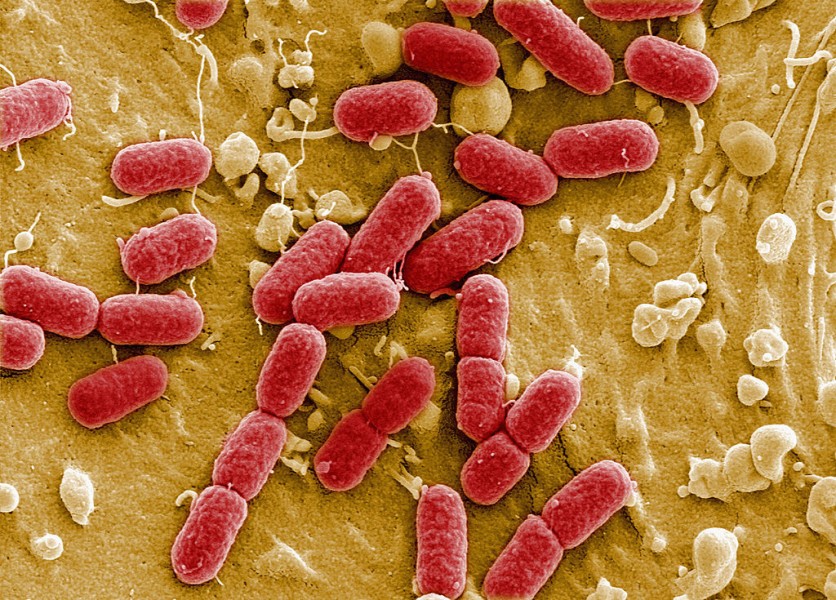A new protein can defeat the deadly flesh-eating bacteria, as claimed by a recent study conducted by the Australian National University.

Involved scientists said that the new NLPR3, which is found in the immune system, can be triggered to prevent the bacteria called Clostridium perfringens.
If this is true, the bacteria can be prevented from causing the deadly flesh-eating disease.
The Centers for Disease Control and Prevention (CDC) said that one in every five flesh-eating disease patients dies yearly.
If the new study's claim is valid, then using the NLPR3 protein would greatly help the world.
New Protein Can Defeat Deadly Flesh-Eating Bacteria
Dr. Anukriti Mathur from the ANU JSCMR said that the flesh-eating bacteria produce two toxins that act differently.

Also Read : Researchers Discover Gut Microbe That Worsens Obesity, Hints Microbiome-Based Treatments
"The first toxin punches holes into the cell surface, while the other enters the cell and damages the cell's internal structures," said Dr. Mathur via Interesting Engineering.
In their new study, Dr. Mathur and his team claimed that the new NLRP3 protein could detect these toxins, similar to how home security works.
Co-author Callum Kay of ANU JCSMR also compared the new immune system to a fire detector. Kay said that when NLRP3 detects these toxins, it will conduct countermeasures to prevent them.
Triggering the New NLRP3 Protein
There's one issue with this new protein. Callum explained that the NLRP3 protein could be overactive.
This causes it to have disproportionate responses, which can harm the body instead. When this happens, the human body's safety mechanism will fail. But, thanks to their efforts, ANU discovered that drugs could be used to dampen the overactive response of NLRP3.
Their new study was published in the EMBO (European Molecular Biology Organization) journal on Apr. 20.
If you want to learn more about their findings, you can click this link.
Here are other health stories we recently wrote:
A previous study claimed that hearing aids could help decrease the risks of dementia. We also reported on the concerns raised by nicotine-free vapes after experts discovered they are still addictive.
For more news updates about new proteins and other health topics, keep your tabs open here at TechTimes.

ⓒ 2026 TECHTIMES.com All rights reserved. Do not reproduce without permission.




